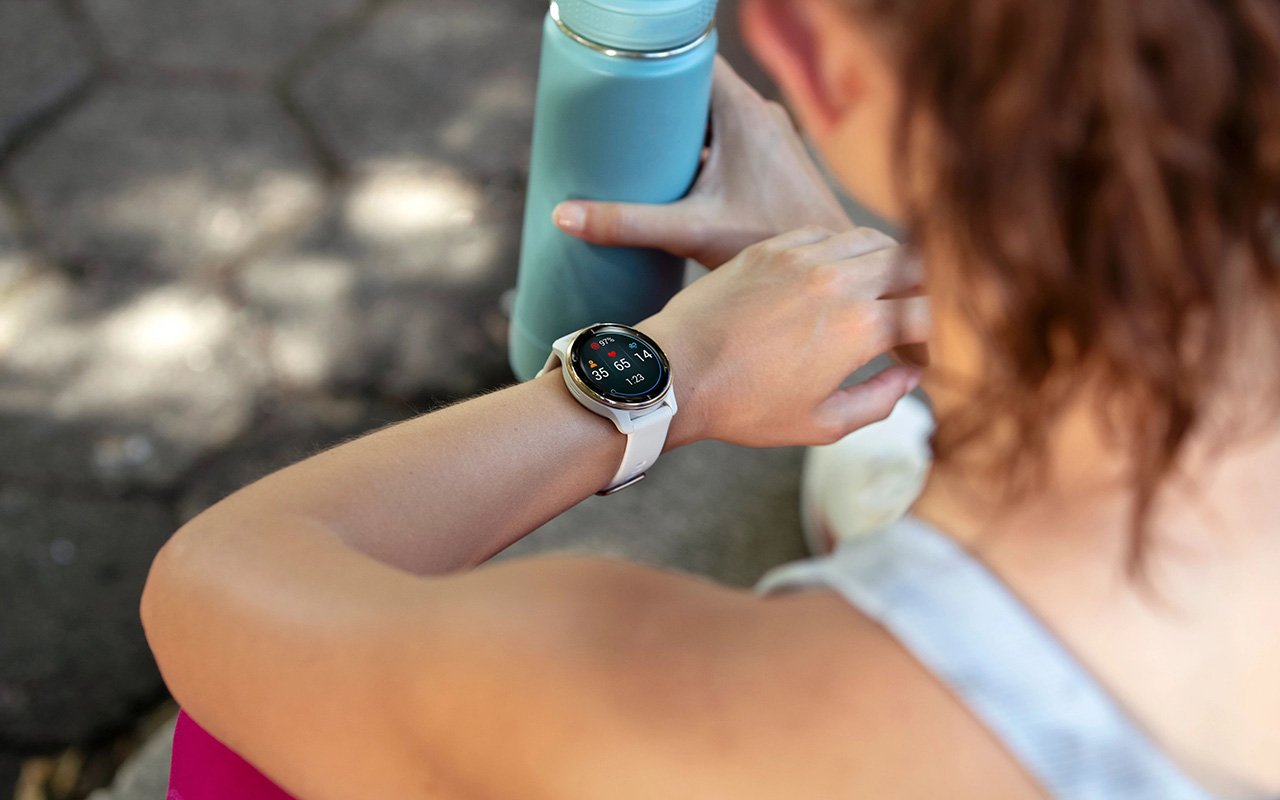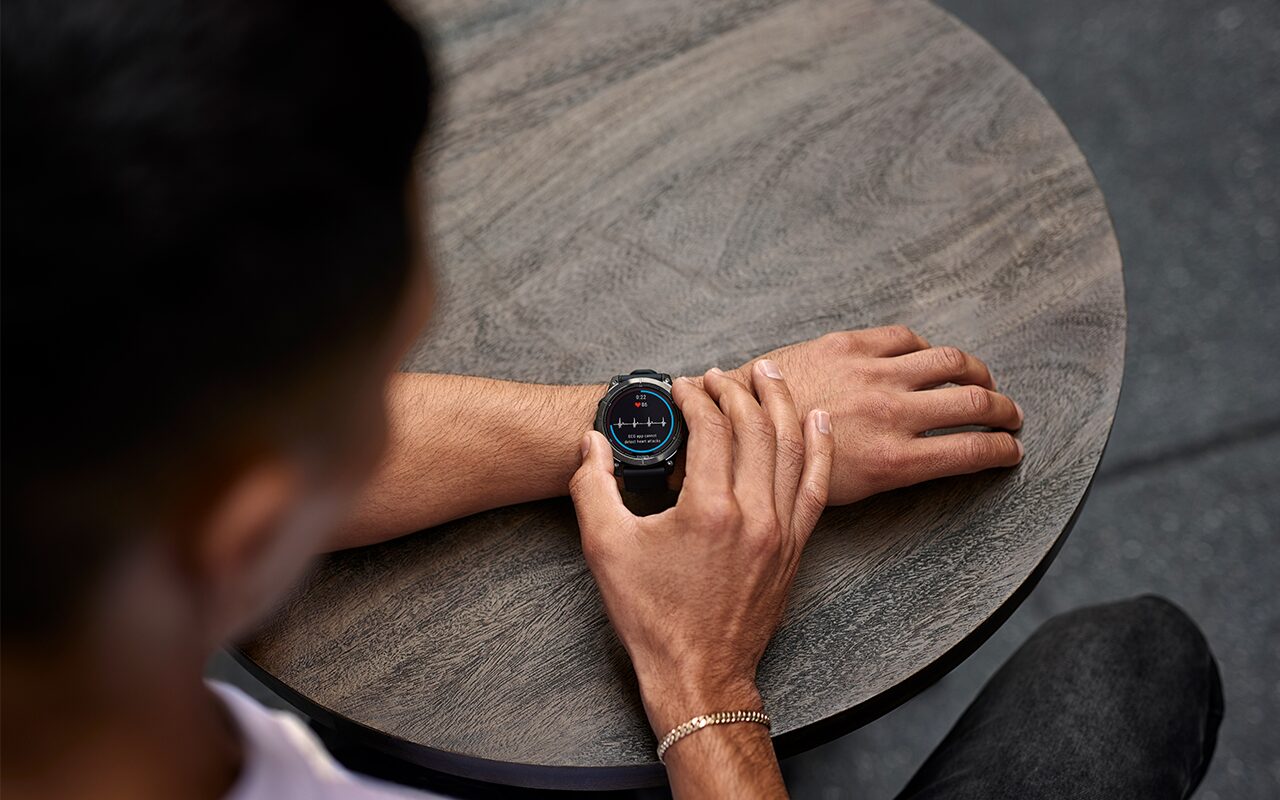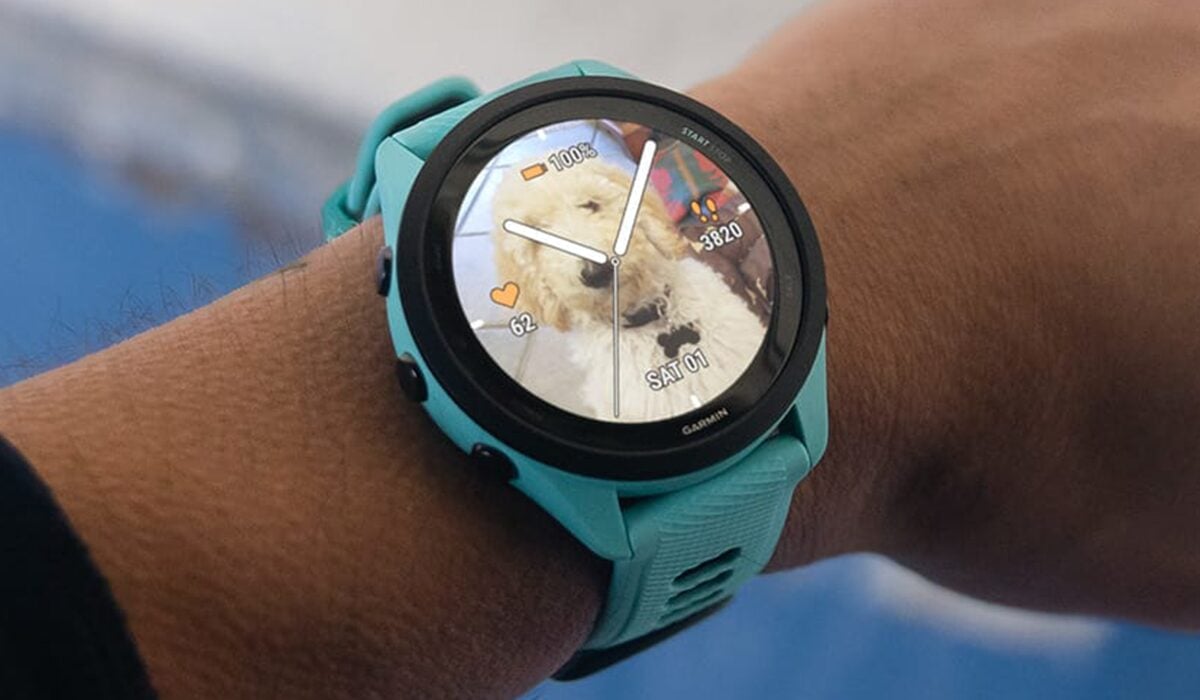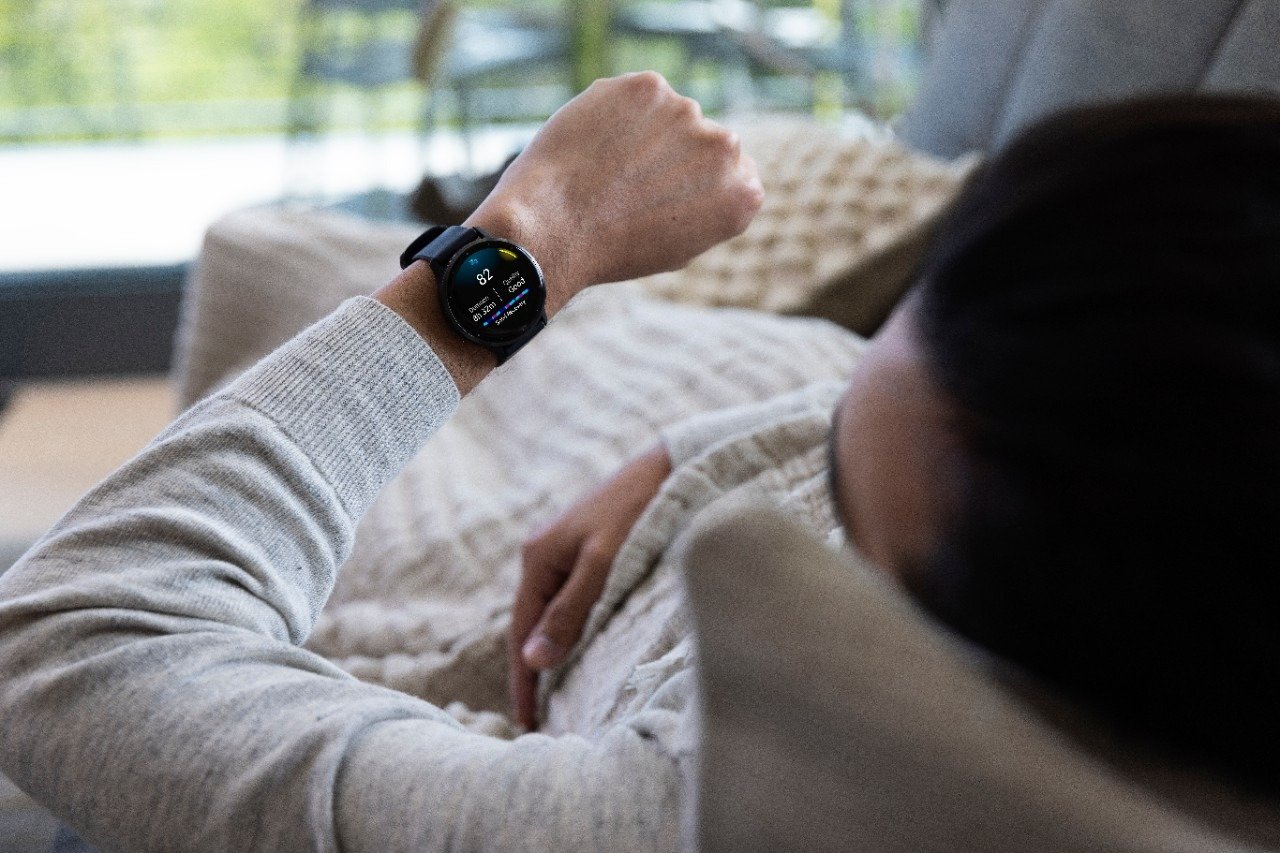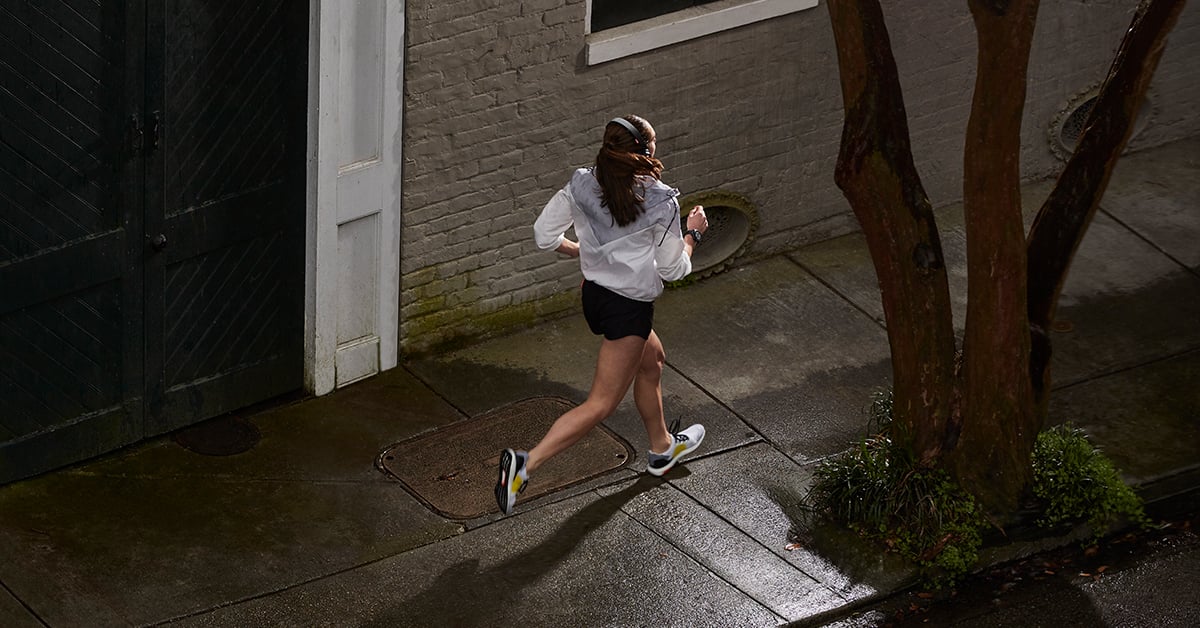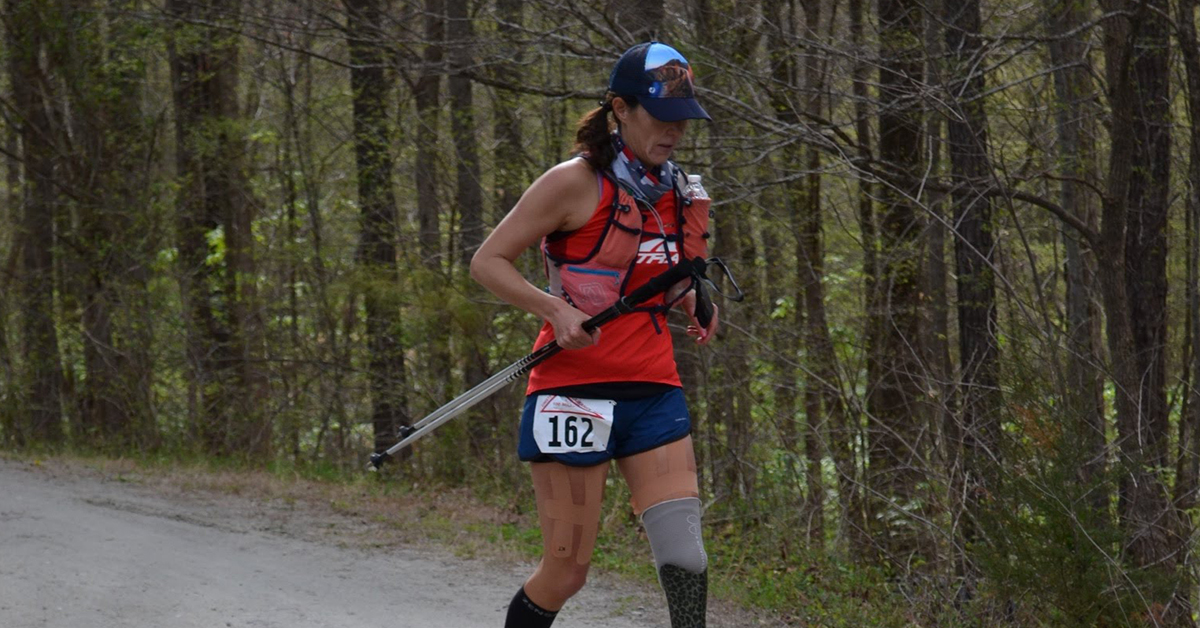
From Diagnosis to Ultramarathon
By
Jacky Hunt-Broersma, Garmin Ambassador
@ncrunnerjacky
I lost my leg to cancer in 2001 after discovering a lump in my lower left leg, and my doctor immediately sent me in for a biopsy. The results showed that I had Ewing sarcoma, and the tumor had attached to the nerve of my foot. If they removed the tumor, I would completely lose the use of my foot and be wheelchair bound, so amputation was the best solution. I was devastated and at the time I thought that my life was over. However, out of all of this I got some good news. The cancer hadn’t spread, which meant that after the amputation, I would be cancer-free. This was a big relief, and I still think I am one of the lucky ones.
When I started running in 2016, the last thing I could ever imagine was that I would one day be running ultramarathons. I started with 5K races and very quickly moved up to half marathons. Then I decided to have a go at a marathon. I love the feeling of pushing my limits, but I really thought I would stick to half marathons and marathons. Still, I felt that I wanted to push myself even further and decided to start trail running. I started with short trail runs at first. I had been warned that trail running with a prosthetic leg would be difficult or even impossible, and that I would have a big risk of falling and injuring myself. I gave it a go anyway. I had to adapt on the trails and I even added some trail shoe tread to the bottom of my blade to give me extra grip. As I got more confident on the trails, I began to increase the distance.
I ran my first 40-mile race in October 2018. Six months later, I finished my first 50-mile race. Currently, I am pursuing the Umstead 100-mile race in Raleigh, North Carolina. My goal is to qualify for the Western States Endurance Run.
What I love about ultramarathons
The best thing about running ultramarathons is the community. Everyone is so incredibly supportive and has mutual respect because we are all pushing ourselves further than we ever thought we could. Running ultramarathons also gives you more time to talk and get to know your fellow runners from all over the world. Personally, I always find it fascinating to hear why people are running ultras and what drives them. You learn so much from these runners. Everyone has their own story and reason to be there.
What does ultramarathon training look like?
Ultra training is very much about time spent on your legs, so my training consists mostly of running back-to-back long runs. I also try to walk as much as possible when I am not running. Another part of training that most people don’t think about is nutrition before, during and after your runs. This makes a huge difference. It’s important to practice what you plan to eat and drink during a race. The key is to fuel before your body tells you that you need it. Once your body tells you it needs fuel, then it is too late, and you risk of running out of energy. I find a consistency of small amounts of food during the run works well.
My thoughts during the ultramarathon and after
I was so excited to start the Umstead 100-mile race. The course consists of 4 loops for the 50-mile distance and 8 loops for the 100-mile distance. I did worry that I would get bored going around in loops, but it actually worked out well because our car was parked right at the starting line, so I could refuel with every loop. My husband was running the 100-mile distance, so we ran the first 3 loops together, which made the race even more fun. I remember thinking during the race how lucky I was just to be here. I couldn’t stop smiling. When things got hard — which they did on the last loop — I still smiled because I knew I would be finishing, and I just focused on putting one foot in front of the other. The best feeling in the world was when I crossed that finish line. I actually did a little scream just before I crossed and said to myself “you are doing it; you are actually finishing a 50-miler!” When I crossed the finish line, I hugged a few people then made my way back to my car. While I sat there all I could think of was “when can I do this again?”
How has my Garmin helped me succeed?
I use my Garmin Forerunner 935 during my training and during the races. I put all my workouts (time and pace) in my watch. Then I use my heart rate to give me an indication of how hard I should or can push myself. During the race, my watch is crucial to helping me manage my pace. If I go out too fast, then I will crash later on in the race. Starting slow has saved me during races over and over again. I was also super surprised with the battery life of my watch. I still had 48% battery power left after 12 hours of running.
